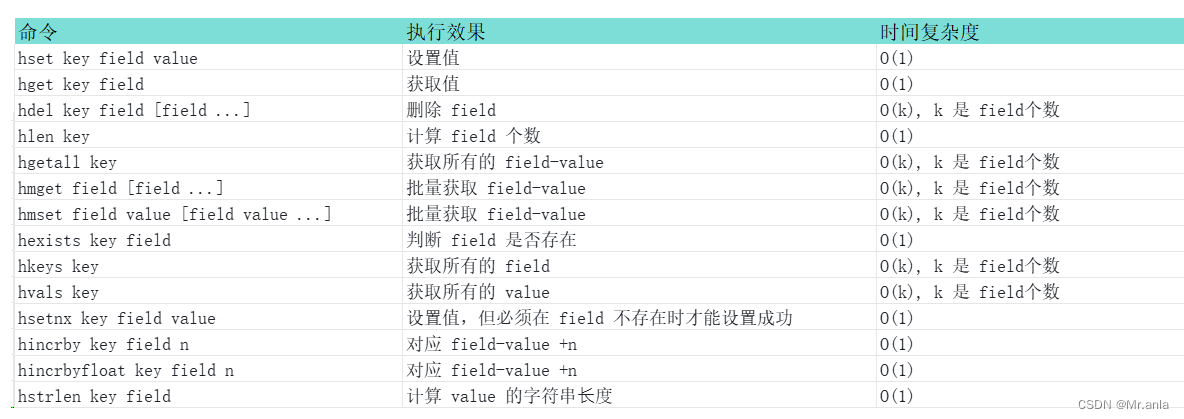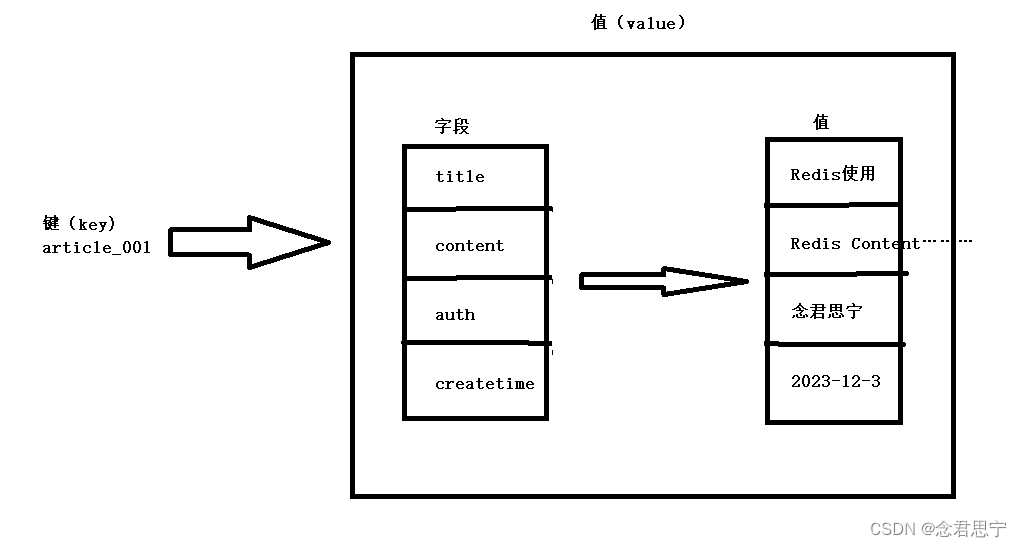4.4.3.3.3. 设置寄存器类对类型的行为
1679行调用computeRegisterProperties()来计算寄存器类的衍生属性。TargetLoweringBase的容器RegisterTypeForVT、RegClassForVT以及NumRegistersForVT用于记录原生支持每个ValueType目标机器寄存器类的信息,即类型对应的寄存器类型、寄存器类别以及寄存器数量。前面每次调用addRegisterClass()时,就会设置上RegClassForVT中对应的项,因此1074~1087行确定需要一个以上寄存器来保存的类型。
1060 void TargetLoweringBase::computeRegisterProperties(
1061 const TargetRegisterInfo *TRI) {
1062 static_assert(MVT::LAST_VALUETYPE <= MVT::MAX_ALLOWED_VALUETYPE,
1063 "Too many value types for ValueTypeActions to hold!");
1064
1065 // Everything defaults to needing one register.
1066 for (unsigned i = 0; i != MVT::LAST_VALUETYPE; ++i) {
1067 NumRegistersForVT[i] = 1;
1068 RegisterTypeForVT[i] = TransformToType[i] = (MVT::SimpleValueType)i;
1069 }
1070 // ...except isVoid, which doesn't need any registers.
1071 NumRegistersForVT[MVT::isVoid] = 0;
1072
1073 // Find the largest integer register class.
1074 unsigned LargestIntReg = MVT::LAST_INTEGER_VALUETYPE;
1075 for (; RegClassForVT[LargestIntReg] == nullptr; --LargestIntReg)
1076 assert(LargestIntReg != MVT::i1 && "No integer registers defined!");
1077
1078 // Every integer value type larger than this largest register takes twice as
1079 // many registers to represent as the previous ValueType.
1080 for (unsigned ExpandedReg = LargestIntReg + 1;
1081 ExpandedReg <= MVT::LAST_INTEGER_VALUETYPE; ++ExpandedReg) {
1082 NumRegistersForVT[ExpandedReg] = 2*NumRegistersForVT[ExpandedReg-1];
1083 RegisterTypeForVT[ExpandedReg] = (MVT::SimpleValueType)LargestIntReg;
1084 TransformToType[ExpandedReg] = (MVT::SimpleValueType)(ExpandedReg - 1);
1085 ValueTypeActions.setTypeAction((MVT::SimpleValueType)ExpandedReg,
1086 TypeExpandInteger);
1087 }
1088
1089 // Inspect all of the ValueType's smaller than the largest integer
1090 // register to see which ones need promotion.
1091 unsigned LegalIntReg = LargestIntReg;
1092 for (unsigned IntReg = LargestIntReg - 1;
1093 IntReg >= (unsigned)MVT::i1; --IntReg) {
1094 MVT IVT = (MVT::SimpleValueType)IntReg;
1095 if (isTypeLegal(IVT)) {
1096 LegalIntReg = IntReg;
1097 } else {
1098 RegisterTypeForVT[IntReg] = TransformToType[IntReg] =
1099 (const MVT::SimpleValueType)LegalIntReg;
1100 ValueTypeActions.setTypeAction(IVT, TypePromoteInteger);
1101 }
1102 }
1103
1104 // ppcf128 type is really two f64's.
1105 if (!isTypeLegal(MVT::ppcf128)) {
1106 if (isTypeLegal(MVT::f64)) {
1107 NumRegistersForVT[MVT::ppcf128] = 2*NumRegistersForVT[MVT::f64];
1108 RegisterTypeForVT[MVT::ppcf128] = MVT::f64;
1109 TransformToType[MVT::ppcf128] = MVT::f64;
1110 ValueTypeActions.setTypeAction(MVT::ppcf128, TypeExpandFloat);
1111 } else {
1112 NumRegistersForVT[MVT::ppcf128] = NumRegistersForVT[MVT::i128];
1113 RegisterTypeForVT[MVT::ppcf128] = RegisterTypeForVT[MVT::i128];
1114 TransformToType[MVT::ppcf128] = MVT::i128;
1115 ValueTypeActions.setTypeAction(MVT::ppcf128, TypeSoftenFloat);
1116 }
1117 }
1118
1119 // Decide how to handle f128. If the target does not have native f128 support,
1120 // expand it to i128 and we will be generating soft float library calls.
1121 if (!isTypeLegal(MVT::f128)) {
1122 NumRegistersForVT[MVT::f128] = NumRegistersForVT[MVT::i128];
1123 RegisterTypeForVT[MVT::f128] = RegisterTypeForVT[MVT::i128];
1124 TransformToType[MVT::f128] = MVT::i128;
1125 ValueTypeActions.setTypeAction(MVT::f128, TypeSoftenFloat);
1126 }
1127
1128 // Decide how to handle f64. If the target does not have native f64 support,
1129 // expand it to i64 and we will be generating soft float library calls.
1130 if (!isTypeLegal(MVT::f64)) {
1131 NumRegistersForVT[MVT::f64] = NumRegistersForVT[MVT::i64];
1132 RegisterTypeForVT[MVT::f64] = RegisterTypeForVT[MVT::i64];
1133 TransformToType[MVT::f64] = MVT::i64;
1134 ValueTypeActions.setTypeAction(MVT::f64, TypeSoftenFloat);
1135 }
1136
1137 // Decide how to handle f32. If the target does not have native f32 support,
1138 // expand it to i32 and we will be generating soft float library calls.
1139 if (!isTypeLegal(MVT::f32)) {
1140 NumRegistersForVT[MVT::f32] = NumRegistersForVT[MVT::i32];
1141 RegisterTypeForVT[MVT::f32] = RegisterTypeForVT[MVT::i32];
1142 TransformToType[MVT::f32] = MVT::i32;
1143 ValueTypeActions.setTypeAction(MVT::f32, TypeSoftenFloat);
1144 }
1145
1146 // Decide how to handle f16. If the target does not have native f16 support,
1147 // promote it to f32, because there are no f16 library calls (except for
1148 // conversions).
1149 if (isTypeLegal(MVT::f32)) {
1150 NumRegistersForVT[MVT::f16] = NumRegistersForVT[MVT::f32];
1151 RegisterTypeForVT[MVT::f16] = RegisterTypeForVT[MVT::f32];
1152 TransformToType[MVT::f16] = MVT::f32;
1153 ValueTypeActions.setTypeAction(MVT::f16, TypePromoteFloat);
1154 }
容器TransformToType用于记录值类型间的提升或扩展关系。对于扩展类型,它包含了该扩展的一步(比如i64 -> i32),即使这个扩展要求多个步骤(比如i64 -> i16)。至于系统内在就支持的类型,容器会保存相同的类型(比如i32 -> i32)(1066行循环初始化)。注意,TransformToType与PromoteToType的含义是不同的。PromoteToType给出了对指定操作,指定类型所要提升到的类型。而TransformToType则是通用的提升规则(即PromoteToType给的是特例)。
与TransformToType伴随的容器ValueTypeActions则记录了该提升或扩展所需的操作,这些操作通过枚举类型LegalizeTypeAction来描述。
122 enum LegalizeTypeAction : uint8_t {
123 TypeLegal, // The target natively supports this type.
124 TypePromoteInteger, // Replace this integer with a larger one.
125 TypeExpandInteger, // Split this integer into two of half the size.
126 TypeSoftenFloat, // Convert this float to a same size integer type.
127 // if an operation is not supported in target HW.
128 TypeExpandFloat, // Split this float into two of half the size.
129 TypeScalarizeVector, // Replace this one-element vector with its element.
130 TypeSplitVector, // Split this vector into two of half the size.
131 TypeWidenVector, // This vector should be widened into a larger vector.
132 TypePromoteFloat // Replace this float with a larger one.
133 };
computeRegisterProperties()下半部分处理向量类型提升。1166行的getPreferredVectorAction(),如果类型是v32i1,支持AVX-512但不支持指令集,返回TypeSplitVector;如果开启了X86实验性的向量拓宽合法化,返回TypeWidenVector;如果该向量只包含一个元素,返回TypeScalarizeVector;否则返回TypePromoteInteger。
TargetLoweringBase::computeRegisterProperties(续)
1156 // Loop over all of the vector value types to see which need transformations.
1157 for (unsigned i = MVT::FIRST_VECTOR_VALUETYPE;
1158 i <= (unsigned)MVT::LAST_VECTOR_VALUETYPE; ++i) {
1159 MVT VT = (MVT::SimpleValueType) i;
1160 if (isTypeLegal(VT))
1161 continue;
1162
1163 MVT EltVT = VT.getVectorElementType();
1164 unsigned NElts = VT.getVectorNumElements();
1165 bool IsLegalWiderType = false;
1166 LegalizeTypeAction PreferredAction = getPreferredVectorAction(VT);
1167 switch (PreferredAction) {
1168 case TypePromoteInteger: {
1169 // Try to promote the elements of integer vectors. If no legal
1170 // promotion was found, fall through to the widen-vector method.
1171 for (unsigned nVT = i + 1; nVT <= MVT::LAST_VECTOR_VALUETYPE; ++nVT) {
1172 MVT SVT = (MVT::SimpleValueType) nVT;
1173 // Promote vectors of integers to vectors with the same number
1174 // of elements, with a wider element type.
1175 if (SVT.getScalarSizeInBits() > EltVT.getSizeInBits() &&
1176 SVT.getVectorNumElements() == NElts && isTypeLegal(SVT)) {
1177 TransformToType[i] = SVT;
1178 RegisterTypeForVT[i] = SVT;
1179 NumRegistersForVT[i] = 1;
1180 ValueTypeActions.setTypeAction(VT, TypePromoteInteger);
1181 IsLegalWiderType = true;
1182 break;
1183 }
1184 }
1185 if (IsLegalWiderType)
1186 break;
1187 LLVM_FALLTHROUGH;
1188 }
1189 case TypeWidenVector:
1190 // Try to widen the vector.
1191 for (unsigned nVT = i + 1; nVT <= MVT::LAST_VECTOR_VALUETYPE; ++nVT) {
1192 MVT SVT = (MVT::SimpleValueType) nVT;
1193 if (SVT.getVectorElementType() == EltVT
1194 && SVT.getVectorNumElements() > NElts && isTypeLegal(SVT)) {
1195 TransformToType[i] = SVT;
1196 RegisterTypeForVT[i] = SVT;
1197 NumRegistersForVT[i] = 1;
1198 ValueTypeActions.setTypeAction(VT, TypeWidenVector);
1199 IsLegalWiderType = true;
1200 break;
1201 }
1202 }
1203 if (IsLegalWiderType)
1204 break;
1205 LLVM_FALLTHROUGH;
1206
1207 case TypeSplitVector:
1208 case TypeScalarizeVector: {
1209 MVT IntermediateVT;
1210 MVT RegisterVT;
1211 unsigned NumIntermediates;
1212 NumRegistersForVT[i] = getVectorTypeBreakdownMVT(VT, IntermediateVT,
1213 NumIntermediates, RegisterVT, this);
1214 RegisterTypeForVT[i] = RegisterVT;
1215
1216 MVT NVT = VT.getPow2VectorType();
1217 if (NVT == VT) {
1218 // Type is already a power of 2. The default action is to split.
1219 TransformToType[i] = MVT::Other;
1220 if (PreferredAction == TypeScalarizeVector)
1221 ValueTypeActions.setTypeAction(VT, TypeScalarizeVector);
1222 else if (PreferredAction == TypeSplitVector)
1223 ValueTypeActions.setTypeAction(VT, TypeSplitVector);
1224 else
1225 // Set type action according to the number of elements.
1226 ValueTypeActions.setTypeAction(VT, NElts == 1 ? TypeScalarizeVector
1227 : TypeSplitVector);
1228 } else {
1229 TransformToType[i] = NVT;
1230 ValueTypeActions.setTypeAction(VT, TypeWidenVector);
1231 }
1232 break;
1233 }
1234 default:
1235 llvm_unreachable("Unknown vector legalization action!");
1236 }
1237 }
1238
1239 // Determine the 'representative' register class for each value type.
1240 // An representative register class is the largest (meaning one which is
1241 // not a sub-register class / subreg register class) legal register class for
1242 // a group of value types. For example, on i386, i8, i16, and i32
1243 // representative would be GR32; while on x86_64 it's GR64.
1244 for (unsigned i = 0; i != MVT::LAST_VALUETYPE; ++i) {
1245 const TargetRegisterClass* RRC;
1246 uint8_t Cost;
1247 std::tie(RRC, Cost) = findRepresentativeClass(TRI, (MVT::SimpleValueType)i);
1248 RepRegClassForVT[i] = RRC;
1249 RepRegClassCostForVT[i] = Cost;
1250 }
1251 }
注意1168行与1189行的case分支,如果1185行与1203行的条件语句不满足,它们将执行下一个case分支的语句。因此对扩展无望的类型,就会谋求分裂类型,即通过多个更小的向量类型来支持。对于TypeSplitVector操作,源向量类型必须是2幂次大小,getVectorTypeBreakdownMVT()获取可能的分裂类型,它的返回值是所需寄存器的个数。
856 static unsigned getVectorTypeBreakdownMVT(MVT VT, MVT &IntermediateVT,
857 unsigned &NumIntermediates,
858 MVT &RegisterVT,
859 TargetLoweringBase *TLI) {
860 // Figure out the right, legal destination reg to copy into.
861 unsigned NumElts = VT.getVectorNumElements();
862 MVT EltTy = VT.getVectorElementType();
863
864 unsigned NumVectorRegs = 1;
865
866 // FIXME: We don't support non-power-of-2-sized vectors for now. Ideally we
867 // could break down into LHS/RHS like LegalizeDAG does.
868 if (!isPowerOf2_32(NumElts)) {
869 NumVectorRegs = NumElts;
870 NumElts = 1;
871 }
872
873 // Divide the input until we get to a supported size. This will always
874 // end with a scalar if the target doesn't support vectors.
875 while (NumElts > 1 && !TLI->isTypeLegal(MVT::getVectorVT(EltTy, NumElts))) {
876 NumElts >>= 1;
877 NumVectorRegs <<= 1;
878 }
879
880 NumIntermediates = NumVectorRegs;
881
882 MVT NewVT = MVT::getVectorVT(EltTy, NumElts);
883 if (!TLI->isTypeLegal(NewVT))
884 NewVT = EltTy;
885 IntermediateVT = NewVT;
886
887 unsigned NewVTSize = NewVT.getSizeInBits();
888
889 // Convert sizes such as i33 to i64.
890 if (!isPowerOf2_32(NewVTSize))
891 NewVTSize = NextPowerOf2(NewVTSize);
892
893 MVT DestVT = TLI->getRegisterType(NewVT);
894 RegisterVT = DestVT;
895 if (EVT(DestVT).bitsLT(NewVT)) // Value is expanded, e.g. i64 -> i16.
896 return NumVectorRegs*(NewVTSize/DestVT.getSizeInBits());
897
898 // Otherwise, promotion or legal types use the same number of registers as
899 // the vector decimated to the appropriate level.
900 return NumVectorRegs;
901 }
向量类型有一些限制,它元素的个数必须是2的幂。因此,如果要求的类型不是由2的幂个元素组成,就需要使用这么多个元素大小的类型来替换(868行条件)。如果这个检查通过了,那么在875行循环,我们每次将元素个数减半(换而言之寄存器数个数加倍),直到找到合法的向量类型为止。因此如果883行条件不满足,这意味着我们把元素个数降到1,也没找到合法的类型。那么以元素类型为出发点,在891行通过NextPowerOf2()向上查找大小为2次幂且最接近的类型。
在computeRegisterProperties()的1212与1214行通过NumRegistersForVT与RegisterTypeForVT记录下了getVectorTypeBreakdownMVT()给出的结果。在1216行,getPow2VectorType()返回大小为2次幂且最接近VT的上级类型,如果VT本身不是2次幂大小,就要提升到这个类型。
最后,在1244行循环,通过findRepresentativeClass()找出每个类型的代表寄存器。
1032 std::pair<const TargetRegisterClass *, uint8_t>
1033 TargetLoweringBase::findRepresentativeClass(const TargetRegisterInfo *TRI,
1034 MVT VT) const {
1035 const TargetRegisterClass *RC = RegClassForVT[VT.SimpleTy];
1036 if (!RC)
1037 return std::make_pair(RC, 0);
1038
1039 // Compute the set of all super-register classes.
1040 BitVector SuperRegRC(TRI->getNumRegClasses());
1041 for (SuperRegClassIterator RCI(RC, TRI); RCI.isValid(); ++RCI)
1042 SuperRegRC.setBitsInMask(RCI.getMask());
1043
1044 // Find the first legal register class with the largest spill size.
1045 const TargetRegisterClass *BestRC = RC;
1046 for (unsigned i : SuperRegRC.set_bits()) {
1047 const TargetRegisterClass *SuperRC = TRI->getRegClass(i);
1048 // We want the largest possible spill size.
1049 if (TRI->getSpillSize(*SuperRC) <= TRI->getSpillSize(*BestRC))
1050 continue;
1051 if (!isLegalRC(*TRI, *SuperRC))
1052 continue;
1053 BestRC = SuperRC;
1054 }
1055 return std::make_pair(BestRC, 1);
1056 }
1041行的SuperRegClassIterator是一个定制的迭代器,可以遍历一个指定寄存器类的上级寄存器。而容器SuperRegRC记录的就是这些上级寄存器类的序号。因此1046行循环就是查找最大的寄存器类,并连同使用代价返回它(这里代价总是1,它被调度器用来估算寄存器压力)。
从computeRegisterProperties()返回,X86TargetLowering构造函数完成剩下的配置就结束了。

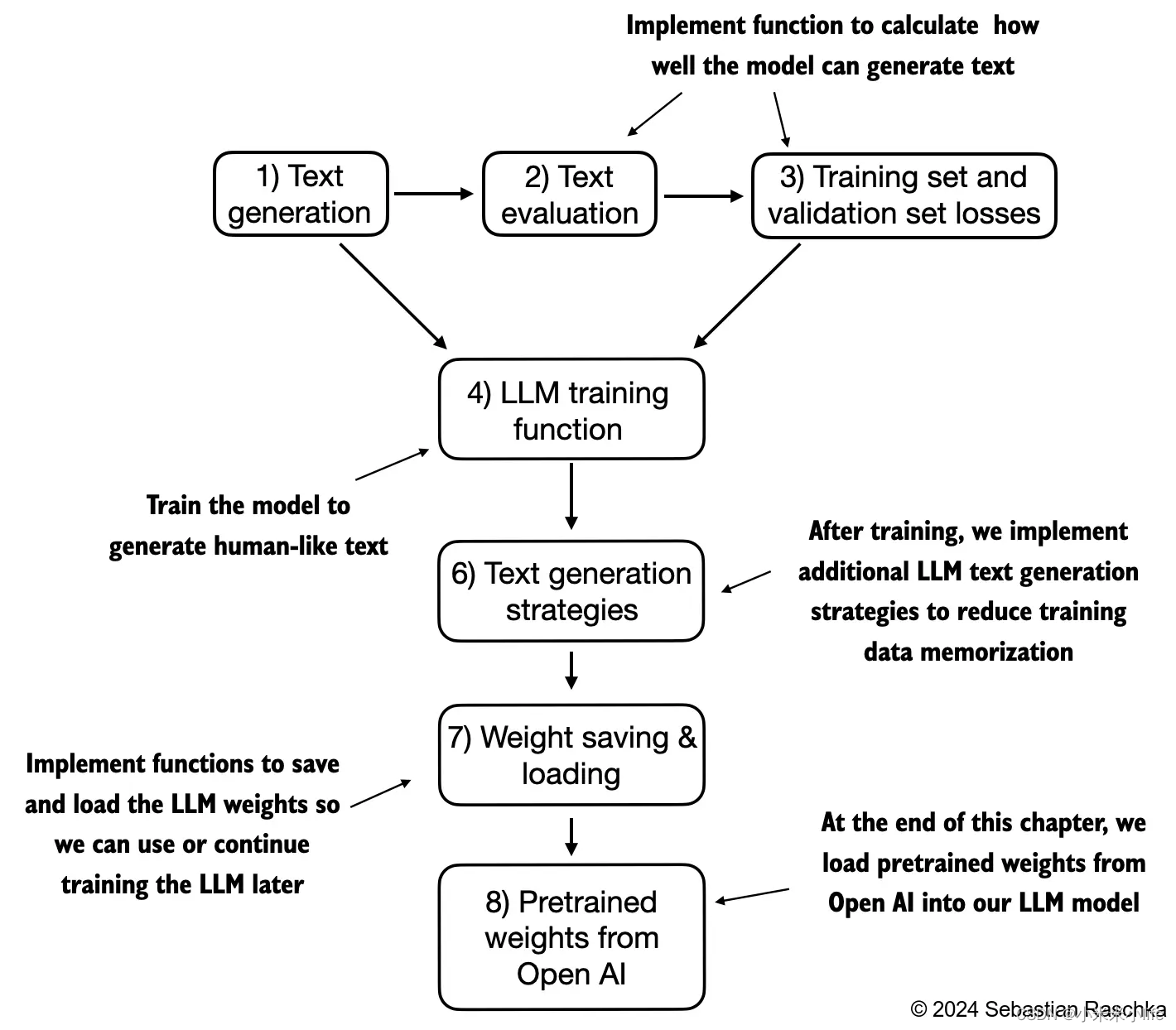
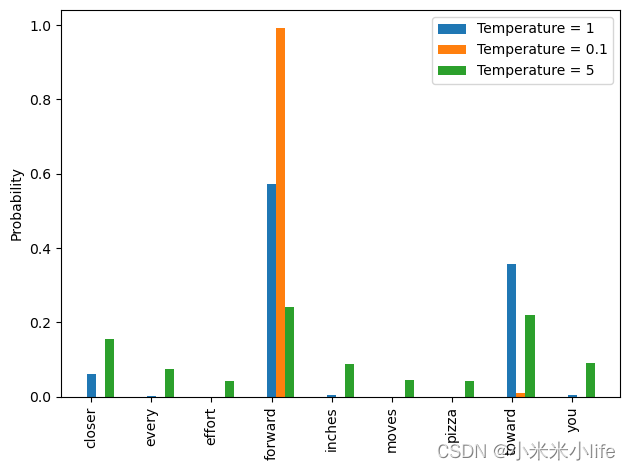
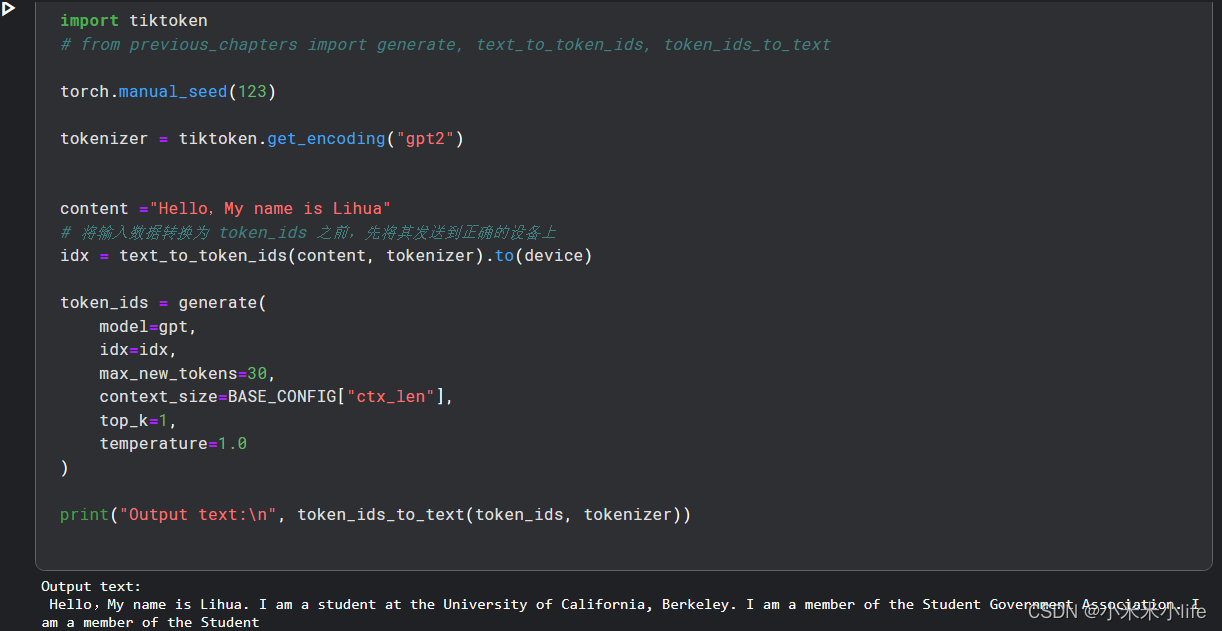
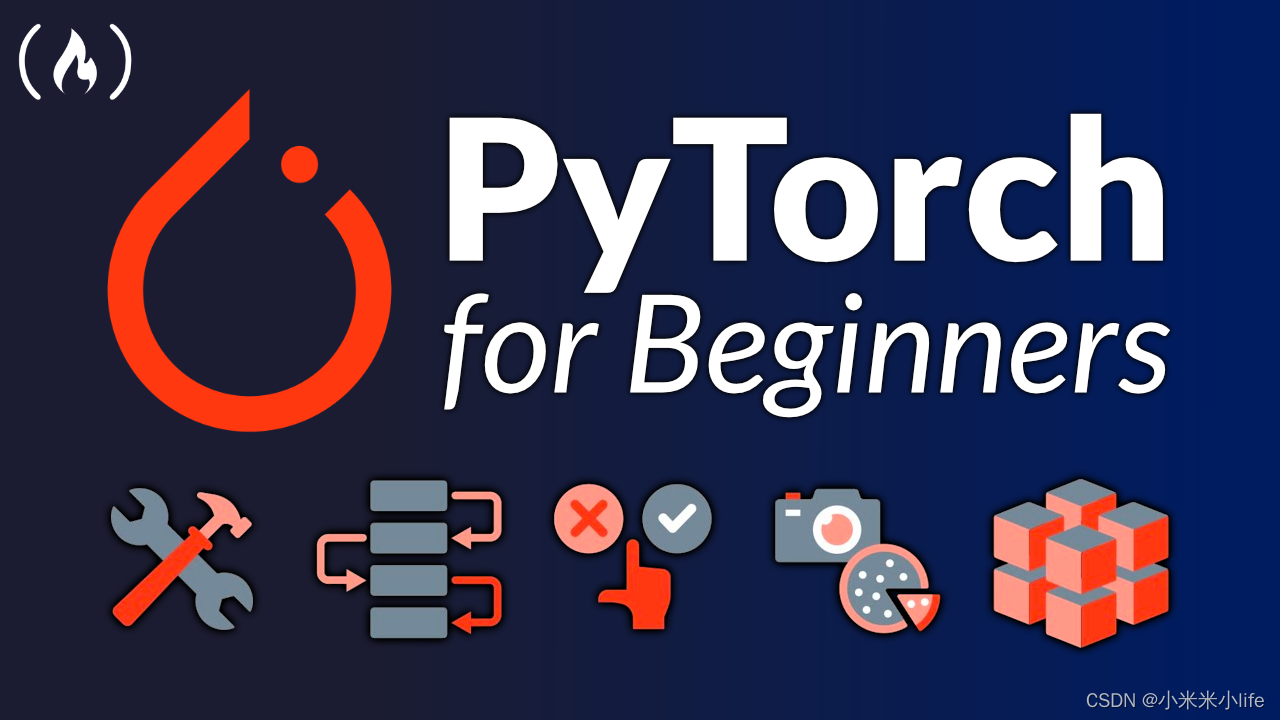
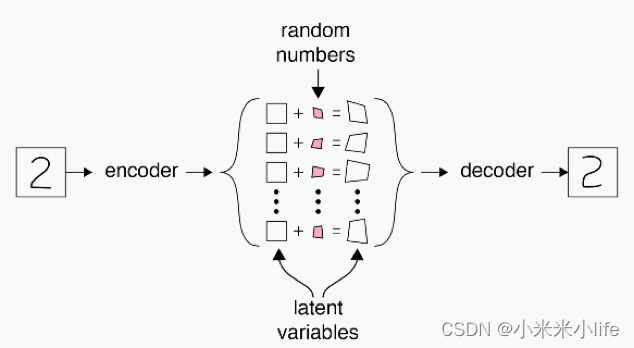
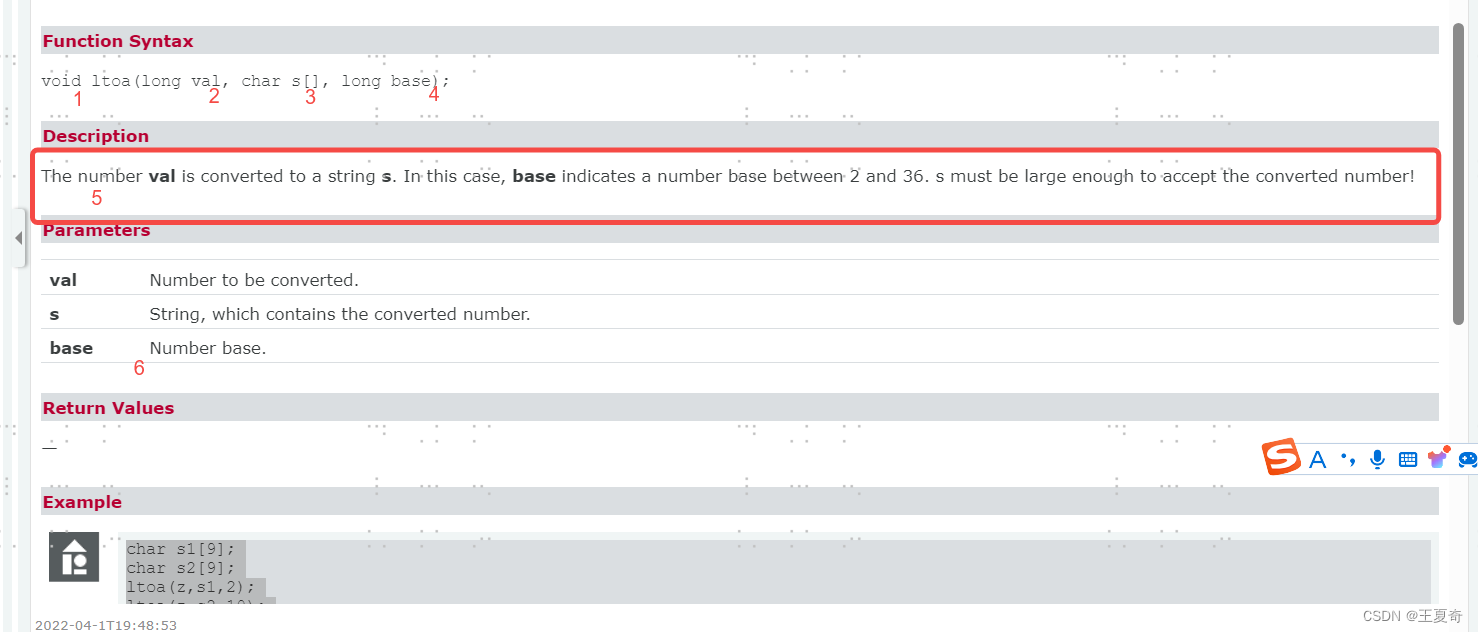
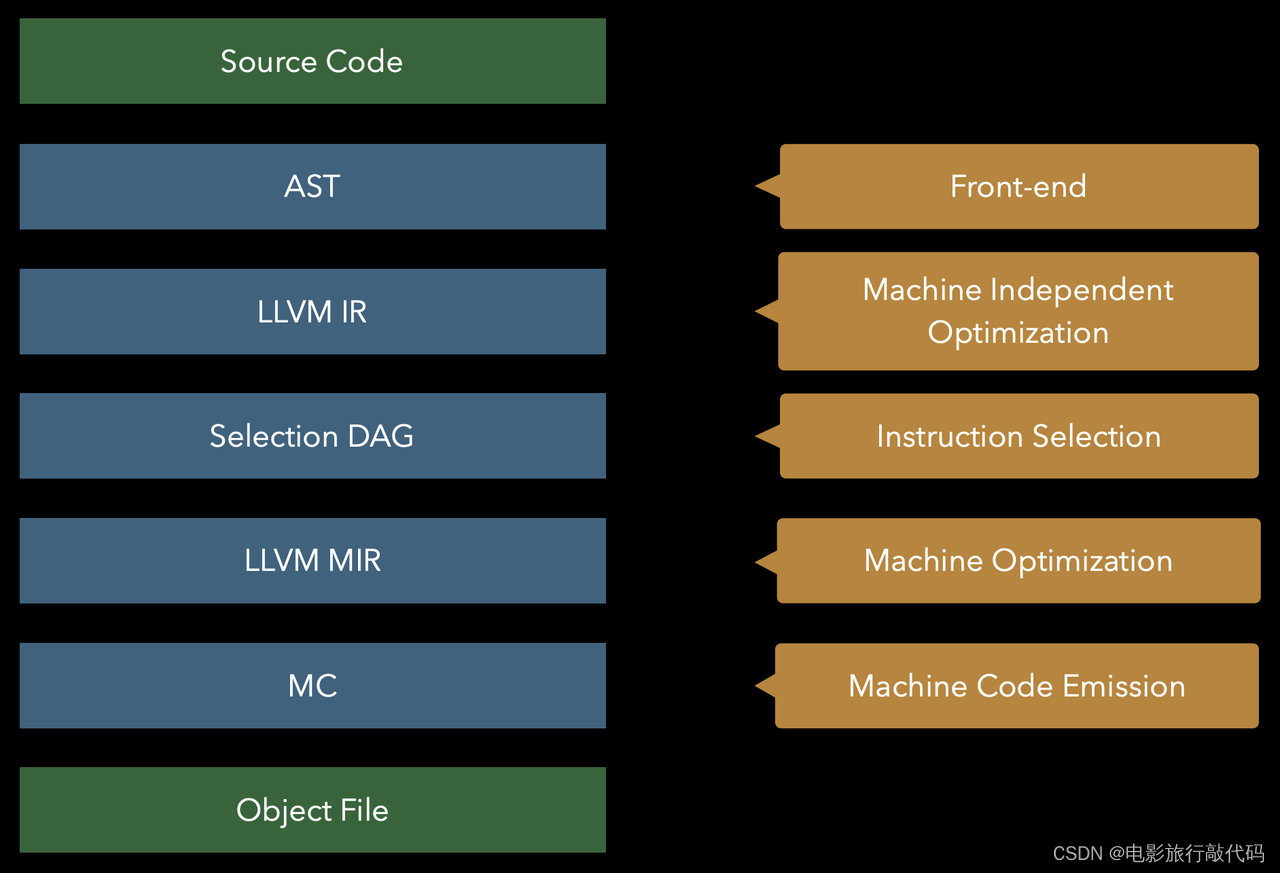

















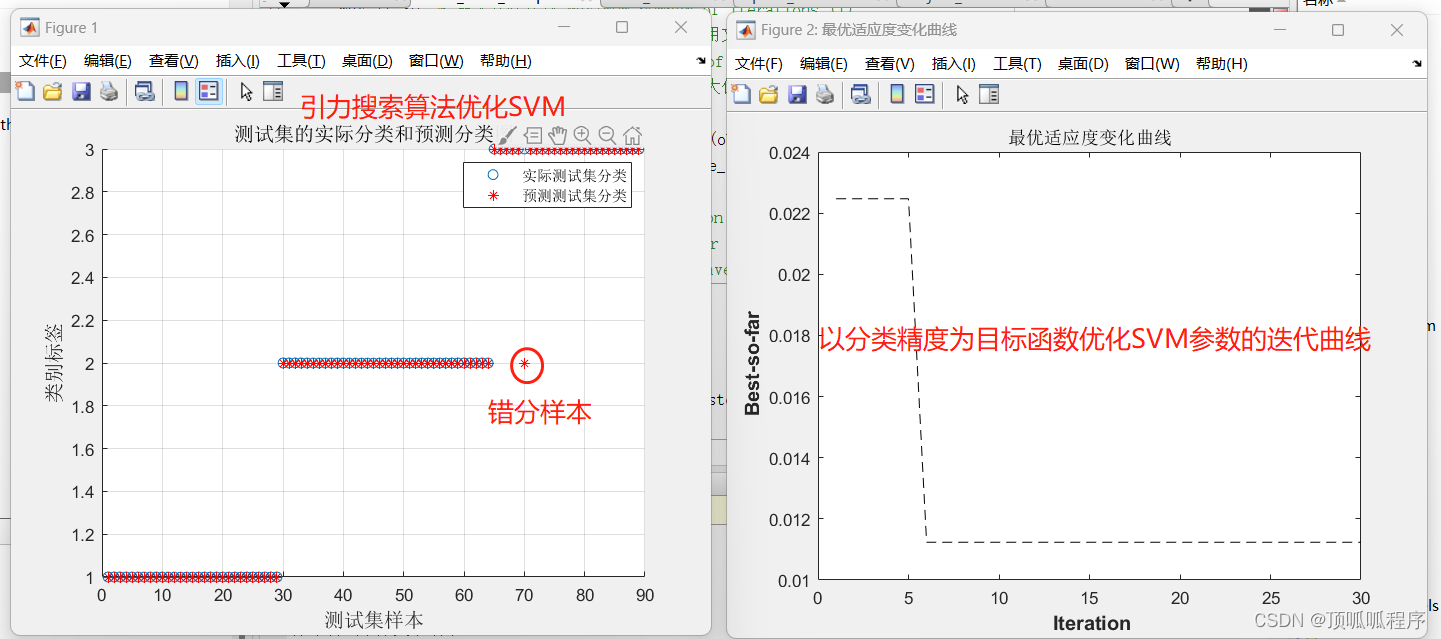


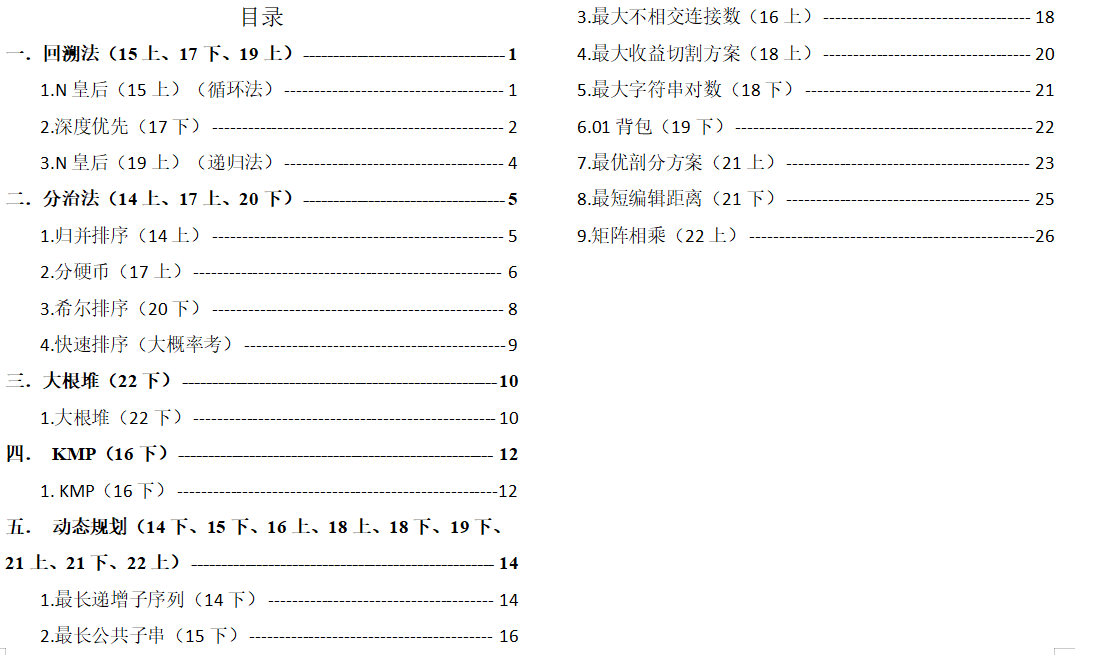

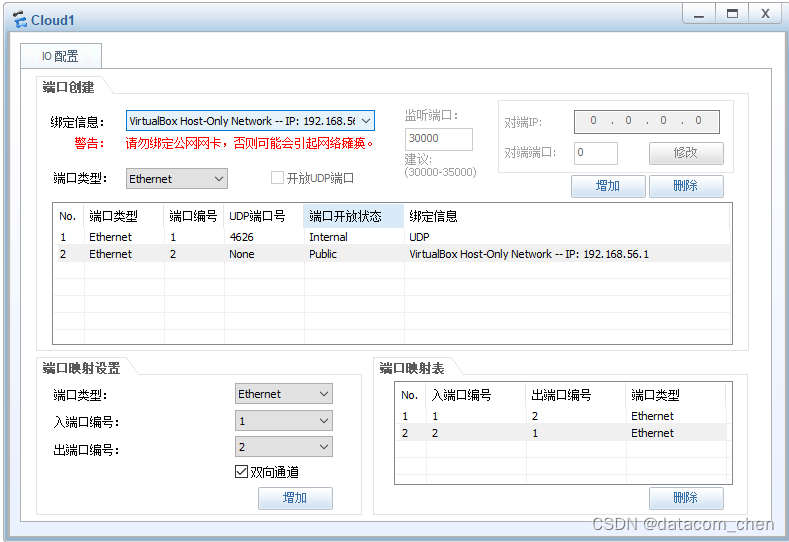








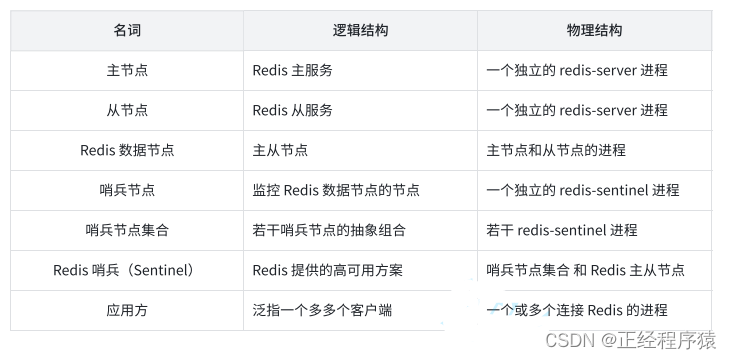
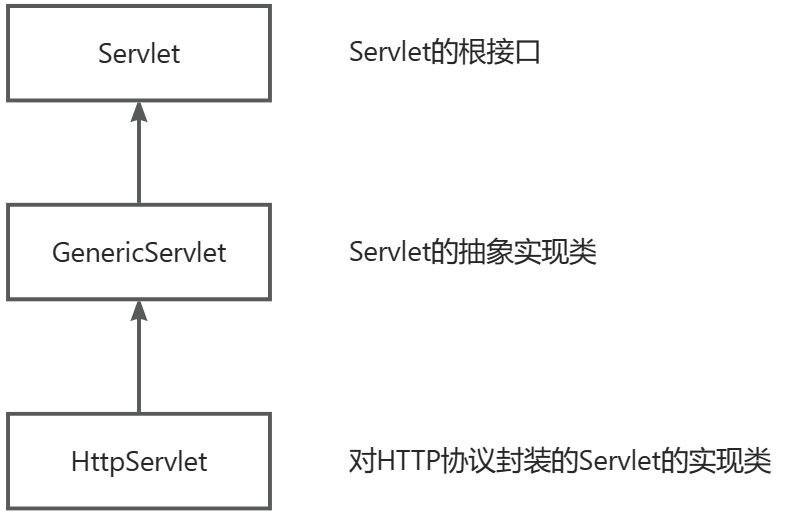
![[Kubernetes]1.Kubernetes(K8S)介绍,基于腾讯云的K8S环境搭建集群以及裸机搭建K8S集群](https://img-blog.csdnimg.cn/direct/826d69abc0fc47b09d13fd2242da04fd.png)
